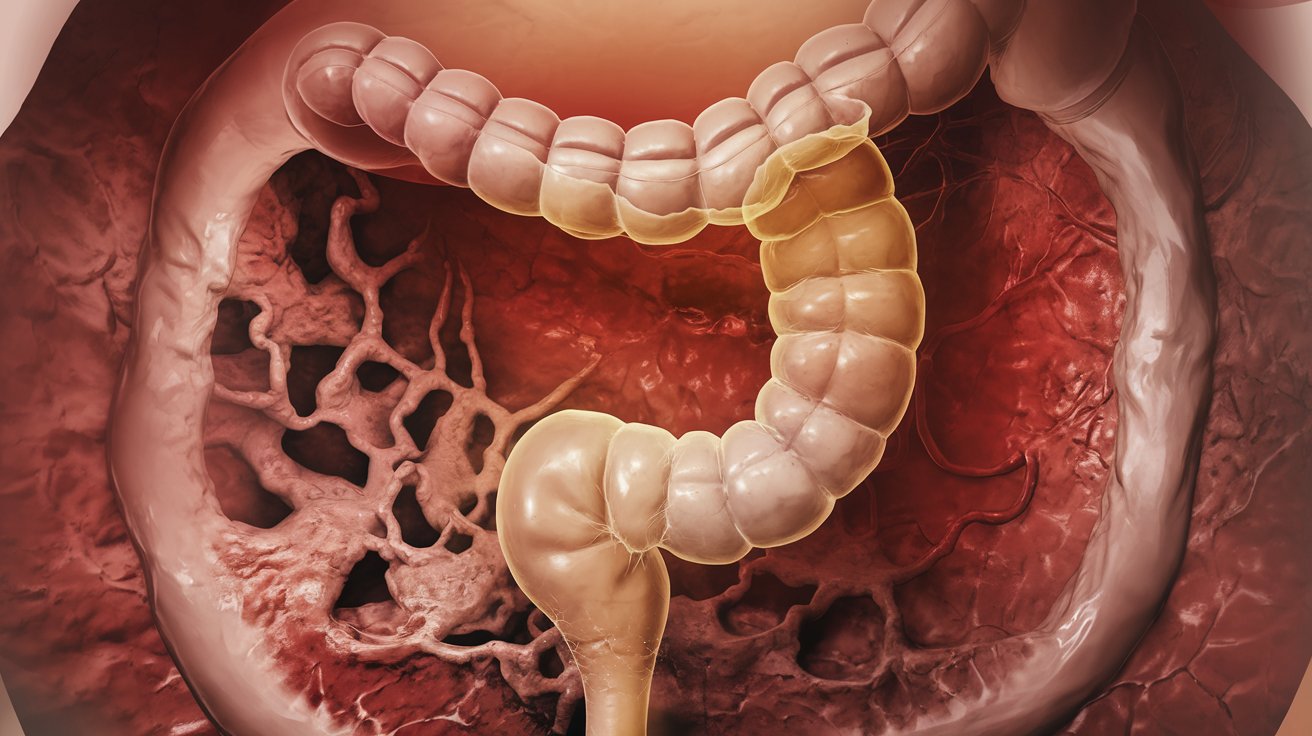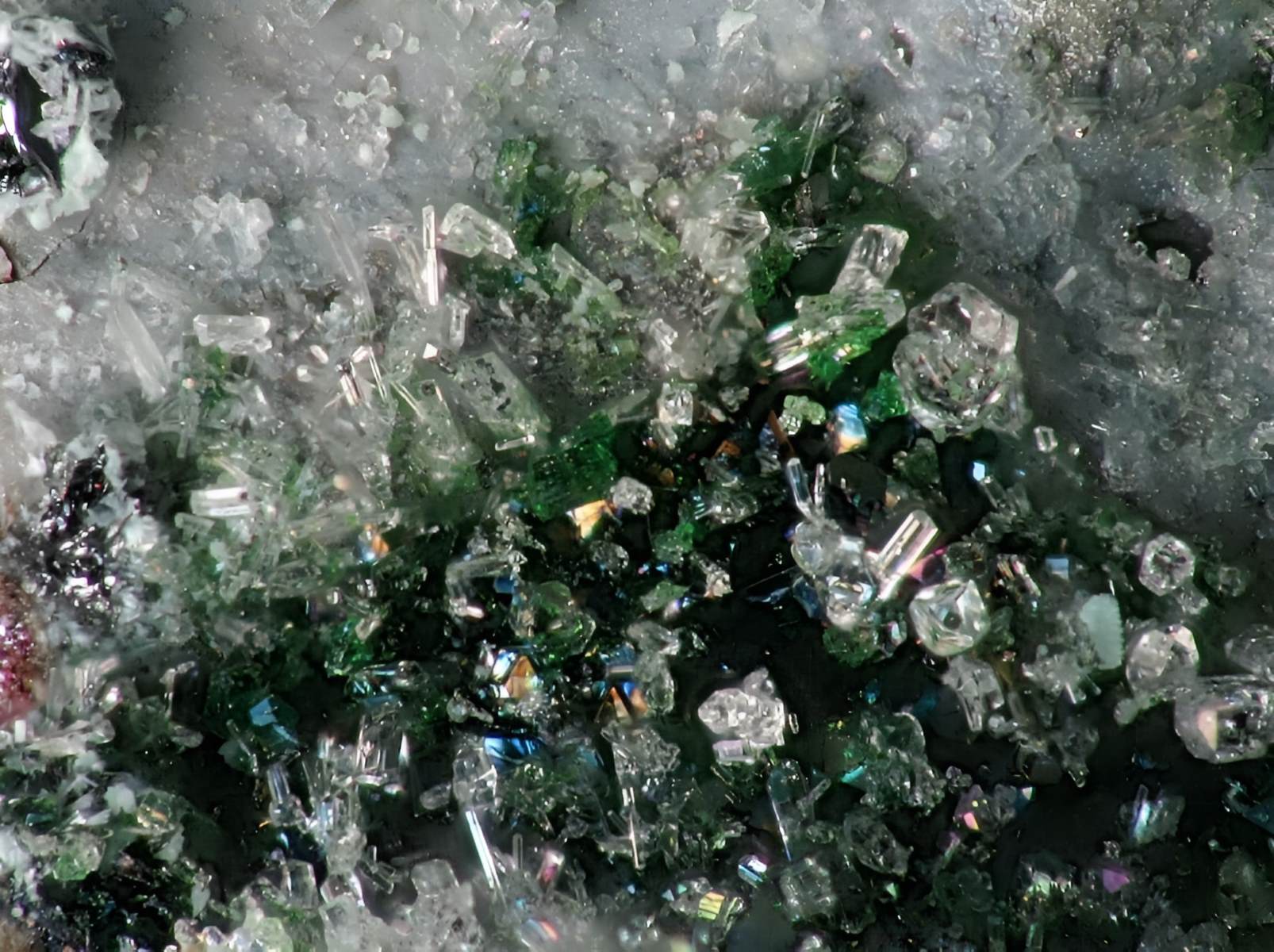
Duodenal atresia is a rare congenital condition where the first part of the small intestine, called the duodenum, is closed off rather than being open. This blockage prevents food and fluid from passing through the digestive tract, leading to severe complications if not treated. Symptoms often appear shortly after birth and include vomiting, a swollen abdomen, and failure to pass stool. The exact cause remains unknown, but it's often associated with other congenital anomalies like Down syndrome. Diagnosis typically involves prenatal ultrasound or X-rays after birth. Treatment usually requires surgery to bypass or remove the blockage. Early intervention is crucial for a positive outcome.
Key Takeaways:
- Duodenal atresia is a rare condition affecting newborns, causing digestive issues. Early diagnosis and surgery can lead to good outcomes, but ongoing care and support are crucial for affected children and their families.
- Ongoing research and advances in prenatal imaging and surgical techniques offer hope for improving the lives of children with duodenal atresia. Support groups and resources provide valuable assistance for families navigating this condition.
What is Duodenal Atresia?
Duodenal atresia is a congenital condition where the duodenum, the first part of the small intestine, is closed off rather than being a tube. This condition can cause serious digestive issues in newborns.
- Duodenal atresia occurs in about 1 in every 5,000 to 10,000 live births.
- It is often diagnosed prenatally through ultrasound.
- The condition is more common in infants with Down syndrome.
- Duodenal atresia can lead to polyhydramnios, an excess of amniotic fluid during pregnancy.
- Newborns with this condition typically present with vomiting soon after birth.
Causes and Risk Factors
Understanding the causes and risk factors can help in early detection and management of duodenal atresia.
- The exact cause of duodenal atresia is unknown.
- Genetic factors may play a role in its development.
- It is associated with other congenital anomalies, such as heart defects.
- Maternal diabetes has been linked to an increased risk of duodenal atresia.
- There is no known way to prevent duodenal atresia.
Symptoms and Diagnosis
Recognizing the symptoms early can lead to prompt treatment and better outcomes for affected infants.
- Vomiting is the most common symptom, often occurring within hours of birth.
- The vomit is usually bile-stained, indicating a blockage below the stomach.
- Infants may have a swollen abdomen due to trapped air and fluid.
- Failure to pass meconium, the first stool, can be a sign of duodenal atresia.
- An abdominal X-ray can confirm the diagnosis by showing a "double bubble" sign.
Treatment Options
Treatment for duodenal atresia typically involves surgery to correct the blockage.
- Surgery is usually performed within the first few days of life.
- The procedure involves connecting the two open ends of the duodenum.
- Post-surgery, infants are fed intravenously until the intestine heals.
- Most infants recover well and can start feeding normally within a week.
- Long-term follow-up is essential to monitor growth and development.
Complications and Prognosis
While surgery is generally successful, there can be complications and long-term considerations.
- Postoperative complications can include infection and leakage at the surgical site.
- Some infants may develop gastroesophageal reflux disease (GERD).
- Malabsorption of nutrients can occur if the intestine doesn't function properly.
- Regular check-ups are necessary to ensure proper growth and development.
- With timely treatment, the prognosis for infants with duodenal atresia is generally good.
Living with Duodenal Atresia
Families and caregivers play a crucial role in the ongoing care and support of children with duodenal atresia.
- Parents should be educated about the signs of complications, such as vomiting and poor weight gain.
- Nutritional support may be needed to ensure adequate growth.
- Some children may require speech and occupational therapy.
- Emotional support for the family is important, as caring for a child with a congenital condition can be challenging.
- Support groups and online communities can provide valuable resources and connections.
Research and Advances
Ongoing research aims to improve the diagnosis, treatment, and outcomes for children with duodenal atresia.
- Advances in prenatal imaging are improving early detection rates.
- Minimally invasive surgical techniques are being developed.
- Genetic research may provide insights into the causes of duodenal atresia.
- Studies are exploring the long-term outcomes of children who have undergone surgery.
- Research into stem cell therapy holds potential for future treatments.
Interesting Facts
Here are some lesser-known facts about duodenal atresia that highlight its complexity and the progress being made in its management.
- Duodenal atresia was first described in medical literature in the early 20th century.
- The condition can sometimes be associated with other gastrointestinal anomalies, such as malrotation.
- Advances in neonatal care have significantly improved survival rates for affected infants.
- Early intervention and multidisciplinary care are key to successful outcomes.
- Some children with duodenal atresia may experience delayed gastric emptying.
Support and Resources
Access to the right resources can make a significant difference for families dealing with duodenal atresia.
- Organizations like the American Pediatric Surgical Association provide valuable information.
- Hospitals with specialized neonatal intensive care units (NICUs) offer the best care for affected infants.
- Genetic counseling can help families understand the risks and implications of the condition.
- Online forums and social media groups offer support and advice from other parents.
- Educational materials and workshops can help parents navigate the challenges of caring for a child with duodenal atresia.
Future Directions
The future looks promising with ongoing research and technological advancements aimed at improving the lives of those affected by duodenal atresia.
- Personalized medicine approaches are being explored to tailor treatments to individual needs.
- Advances in surgical techniques continue to improve outcomes and reduce recovery times.
- Research into the genetic basis of duodenal atresia may lead to preventive strategies.
- Improved prenatal screening methods are helping to identify the condition earlier.
- Collaboration between researchers, clinicians, and families is driving progress in understanding and managing duodenal atresia.
Final Thoughts on Duodenal Atresia
Duodenal atresia, a rare congenital condition, affects the small intestine, causing blockages that can lead to serious health issues. Early diagnosis and surgical intervention are crucial for managing this condition effectively. Symptoms like vomiting, abdominal swelling, and failure to thrive often prompt medical evaluation. Advances in prenatal imaging have improved early detection, allowing for better preparation and outcomes post-birth.
Parents and caregivers play a vital role in the recovery process, providing necessary support and care. Awareness and education about duodenal atresia can help families navigate the challenges and ensure timely medical attention. While the journey may be tough, many children go on to lead healthy lives after successful treatment. Understanding the facts about duodenal atresia empowers families to make informed decisions and advocate for the best possible care for their loved ones.
Frequently Asked Questions
Was this page helpful?
Our commitment to delivering trustworthy and engaging content is at the heart of what we do. Each fact on our site is contributed by real users like you, bringing a wealth of diverse insights and information. To ensure the highest standards of accuracy and reliability, our dedicated editors meticulously review each submission. This process guarantees that the facts we share are not only fascinating but also credible. Trust in our commitment to quality and authenticity as you explore and learn with us.


